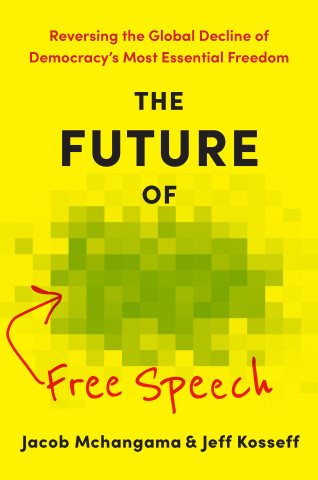
Reviews
Theoretically rigorous and methodologically sound.
An excellent contribution in the area of security studies...[that] requires the reader to engage with the detailed analysis of the different forms and pathways of violence in postwar countries. The book is elegantly written and provides a nuanced discussion.
Valuable...
The tendency to associate the actual end of an armed conflict with the formal cessation of the hostilities that accompanied it comes naturally. It also remains widespread. It is still commonplace, for example, to speak of the Second Congo War as having ended in late 2002, when an assortment of parties meeting in Pretoria committed themselves to peace on paper. In this impressive new study, Michael Boyle shows how mistaken, and potentially dangerous, is the view that the formal end of war also marks an end to violence. Expertly pulling together evidence from a wide range of era-defining case studies, he unravels the 'complex mix of personal, criminal, and political violence' that is a feature, albeit to varying degrees and assuming different forms, of all, so-called, 'post-conflict' societies. In doing so, he has provided policy makers and students of violent conflict alike with important conceptual tools for the analysis of 'post-conflict' violence more generally. Violence after War deserves a wide readership.
Despite two decades of scholarship on civil wars, little has been written on the violence that often pervades post-conflict societies—that is until now. Violence after War fills a large void in our understanding of post-conflict violence and does so with tremendous insight and detail. I recommend it highly.
Boyle breaks new substantive ground in explaining the causes of post–civil war violence. He should be commended not only for extensive field and archival research but also for painstaking data collection.
Book Details
Acknowledgments
List of Abbreviations
1. The Challenge of Violence in Post-Conflict States
Part I: Unpacking Violence after Wars
2. Understanding Violence after Wars: Concepts and Contexts
3. Explaining
Acknowledgments
List of Abbreviations
1. The Challenge of Violence in Post-Conflict States
Part I: Unpacking Violence after Wars
2. Understanding Violence after Wars: Concepts and Contexts
3. Explaining Violence after Wars: Patterns and Pathways
Part II: Five Case Studies of Post-Conflict Violence
4. Bosnia-Herzegovina
5. Rwanda
6. Kosovo
7. East Timor
8. Iraq
Part III: Producing Peace after Wars
9. Controlling Violence: Implications and Policy Recommendations
Notes
Bibliography
Index





